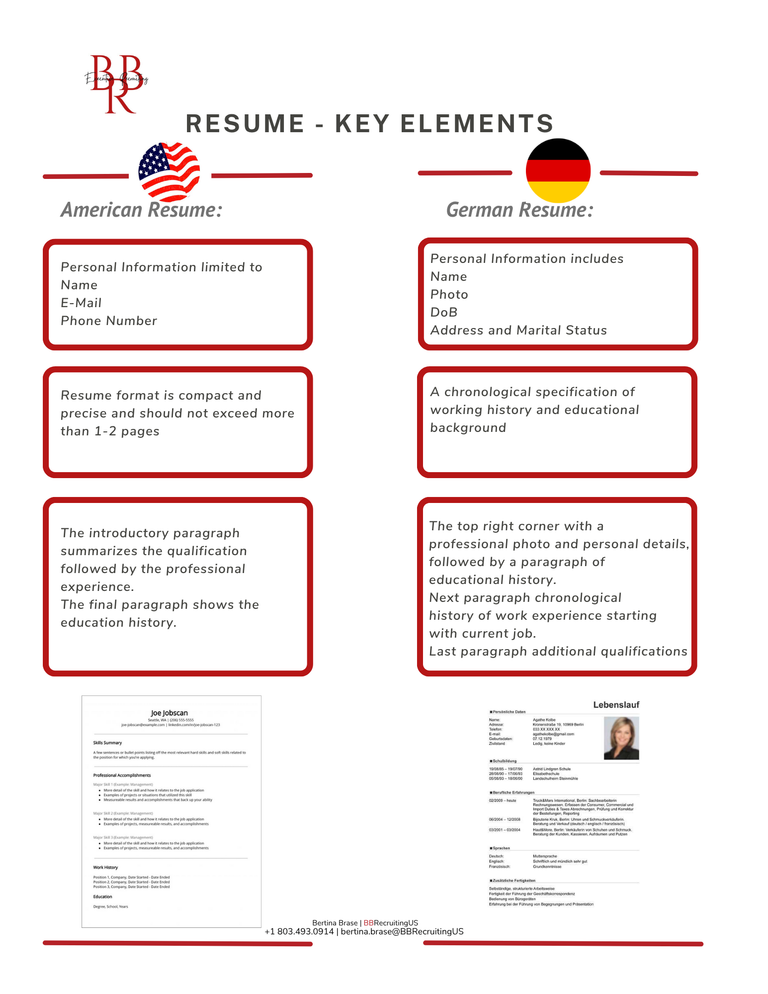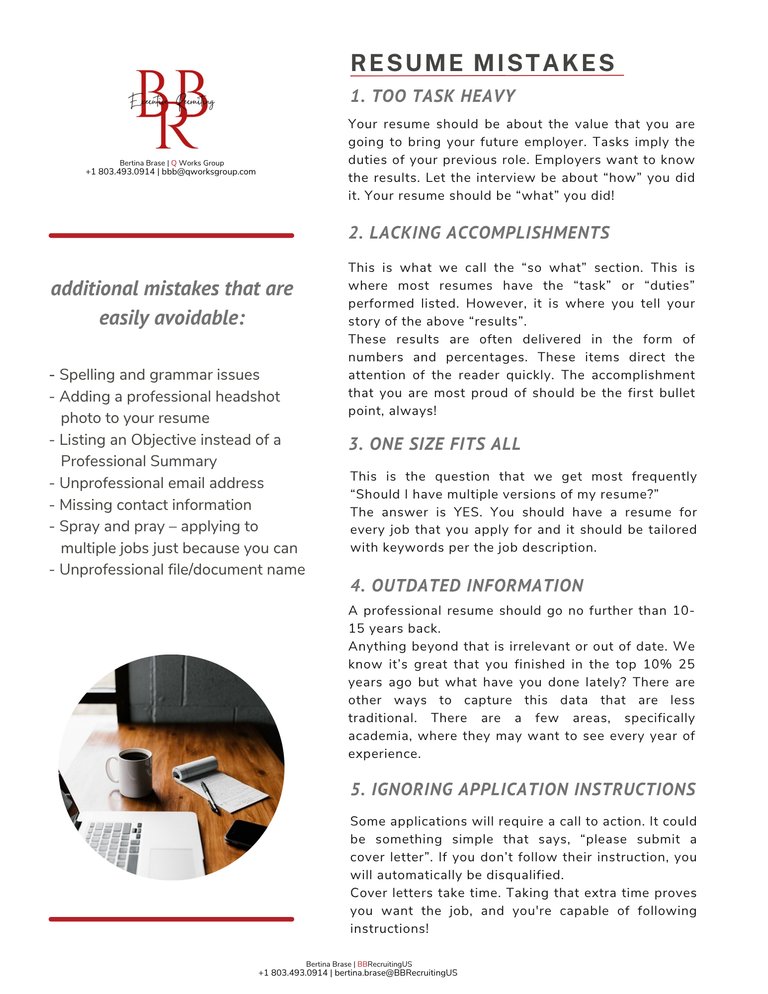
BBRecruitingUS Blog
January 2025
The Employee Engagement Crisis: Why It Matters and How to Fix It
Employee engagement in the U.S. has fallen to its lowest level in a decade, with only 31% of workers reporting that they feel engaged, according to Gallup. This decline has significant consequences for businesses, as engaged employees drive higher profitability, increased innovation, and better customer experiences. Companies that fail to prioritize employee engagement risk lower productivity, higher turnover, and reduced competitiveness.
The Business Case for Engagement
Engaged employees are not just more productive; they also have a direct impact on company success. Research from Gallup suggests that organizations with highly engaged teams are 21% more profitable than those with disengaged employees. Additionally, Boston Consulting Group (BCG) found that employees who enjoy their work are 55% less likely to consider leaving their job. High engagement levels also translate into a greater willingness to adopt new technologies, which further enhances productivity. BCG's research highlights that employees who enjoy their work used Generative AI tools four times more than those who do not.
How Corporate Priorities Have Shifted
Historically, businesses prioritized shareholder value above all else. The dominant belief was that focusing on customer satisfaction could come at the expense of shareholder returns. However, at the turn of the millennium, leading companies like Apple, Amazon, and Microsoft demonstrated that a customer-first strategy could drive exceptional shareholder returns. Now, a similar shift is necessary: recognizing that prioritizing employee experience is not an added expense but a key driver of business success.
Strategies to Improve Employee Engagement
- Foster a Purpose-Driven Culture: Employees who feel a sense of purpose in their work are more likely to be engaged. Companies should clearly communicate their mission and demonstrate how employees contribute to broader goals.
- Enhance Work-Life Balance: Overwork and burnout lead to disengagement. Employers should provide flexible work arrangements, encourage time off, and support mental health initiatives.
- Invest in Career Growth and Development: Employees who see opportunities for advancement are more likely to stay engaged. Providing training, mentorship, and clear career progression paths can significantly boost motivation.
- Leverage Technology to Improve Work Experiences: Companies that equip employees with the right tools enable higher productivity and engagement. Encouraging the adoption of AI and automation can make tasks easier and more rewarding.
- Recognize and Reward Contributions: A culture of appreciation fosters loyalty and motivation. Regularly acknowledging employees’ hard work—whether through monetary incentives, public recognition, or simple appreciation—can lead to greater satisfaction.
- Encourage Open Communication: Employees want to feel heard. Organizations should foster a culture of transparency where feedback is actively solicited and acted upon.
The Future of Employee Engagement
To remain competitive, companies must view employee engagement as a critical business strategy rather than an HR responsibility. Just as the shift to a customer-first mindset reshaped industries, prioritizing employee experience will become the new cornerstone of long-term business success. Companies that invest in their workforce will not only see higher retention rates and productivity but will also drive greater innovation and profitability. The time to act is now.
More info at – Right Now from BCG,
https://www.linkedin.com/pulse/us-workers-checking-out-heres-how-employers-can-gziie/
February 2025
Trends that will shape HR in 2025
1. Skills Over Degrees
Organizations are increasingly prioritizing candidates' skills and competencies over formal educational qualifications. ADP's report found that 90% of companies make better hires based on skills rather than degrees, with 94% noting that skills-based hires outperform those selected based on degrees.
2. Evolving Skills, Thriving Workforce
As job roles evolve, continuous learning and upskilling are becoming essential. Companies are investing in training programs to ensure employees can adapt to changing demands, fostering a culture of lifelong learning.
3. People Analytics Shaping the Future
Utilizing data on employee performance, engagement, and skills, organizations are leveraging people analytics to predict workforce trends and inform decision-making. This approach helps identify areas for improvement and tailor interventions to enhance employee satisfaction and productivity.
4. The Rising Concern of Incivility
There's an increasing focus on addressing workplace incivility, as negative behaviors can impact morale and productivity. Initiatives promoting respect and empathy are being implemented to foster a positive work environment.
5. The Benefits of Financial Wellness
Employers recognize that financial stress affects employee performance. Offering financial wellness programs, such as financial planning resources and education, can improve employee well-being and productivity.
6. AI's Impact on Talent Strategy
Artificial Intelligence is transforming talent acquisition and management. AI-driven tools assist in candidate screening, performance assessments, and personalized employee experiences, enhancing efficiency and decision-making.
7. Post-Election Regulatory Shifts
Changes in political leadership can lead to new labor laws and regulations. HR departments must stay informed and adaptable to ensure compliance and align policies with evolving legal requirements.
Staying abreast of these trends will enable organizations to navigate the evolving HR landscape effectively. We are here to help your HR department navigate the future toward a more dynamic and people-centric approach in the workplace.
More info at BBRecruitingUS.com

May 2025
Markteintritt in die USA 🇺🇸 – welche Personalfragen müssen Sie beachten?
Wenn deutsche Unternehmen 🇩🇪 in den US-Markt 🇺🇸 eintreten, gibt es im Personalwesen (HR) mehrere wichtige Aspekte, die ihren Erfolg maßgeblich beeinflussen können:
- Das US-Arbeitsrecht hat Vorschriften und Gesetze die nicht nur staatlich vorgeschrieben sind, sondern auch bundesstaatlich und lokal teilweise sehr unterschiedliche Anwendung finden.
- Kulturelle Adaptabilität ist wichtig, um die kulturellen Unterschiede in den Arbeitsnormen und den Mitarbeitererwartungen zu verstehen.
- In der Personal-Rekrutierung muss ein Verständnis des regionalen Arbeitsmarktes gewonnen werden, bis hin zur Anpassung von Stellenbeschreibungen, „Offer“ anstelle von „Vertrag“.
- Die Vergütung in den USA muss wettbewerbsfähig sein, welche Zusatzleistungen sind in der heutigen Zeit ein MUSS
- Personalrichtlinien müssen dem US-Markt und den gesetzlichen Anforderungen angepasst werden, wie „equal opportunity“, und „diversity“.
- Wie werden Schulungs- und Entwicklungsmöglichkeiten im Unternehmen entwickelt und integriert.
- Die Förderung von Mitarbeiterengagement wird auch auf Grund von kulturellen Unterschieden ein integraler Teil Ihrer Personalaufgabe sein.
- Schulung der Führungskräfte im Interkulturellen Management.
Durch die proaktive Auseinandersetzung mit diesen Punkten, können Sie Ihren Markteintritt in die USA meistern und gleichzeitig ein unterstützendes und konformes Personalumfeld in Ihrer Tochtergesellschaft schaffen.
Informieren Sie sich bei Bertina.Brase@BBRecruitingUS.com
June 2025
Resume - Lebenslauf
Differences between
German & American Resumes


U.S. resumes focus less on job tasks and more on key achievements. Bullet points should highlight quantifiable accomplishments rather than detailed daily responsibilities.
October 2025 - Markteintritt USA
Hidden Champions wagen sich in die USA 🇺🇸
🇺🇸 „Hidden Champions“ wagen sich in die USA – Viele deutsche KMU sind weltweit führend in Nischenbranchen (wie Präzisionswerkzeuge oder Industriekomponenten) und drängen nahezu unbekannt in die USA – und beliefern dennoch wichtige US-Industrien wie die Luft- und Raumfahrt, die Automobilindustrie und sogar die NASA.
🤝 Sie lieben Mittelstandstreffen – Deutsche KMU setzen oft auf ungewöhnliche, aber effektive Business-Netzwerke wie „Mittelstandsdelegationen“ oder transatlantische Handelskammern, bei deren Treffen Bratwurst, Visitenkarten, Skat und zweisprachiges Geplänkel bei Bier umfassen.
🌍 Deutsche Ingenieurskunst, amerikanisches Branding – Um in den USA erfolgreich zu sein, haben einige KMU ihr Markenimage komplett umgestellt – beispielsweise indem sie lange zusammengesetzte Namen (z. B. Schneider & Söhne Maschinenbau GmbH) in schlichte, zweisilbige Markennamen geändert haben, die Amerikaner aussprechen können.
Ist Ihre Firma auf dem Weg in den USA-Markt?
GABA hält im Oktober unser nächstes Markteintrittseminar ab und macht Sie fit für den Schritt über den Atlantik.
📆 8. Oktober 2025 📍München ➡️ www.gaba-seminare.de

